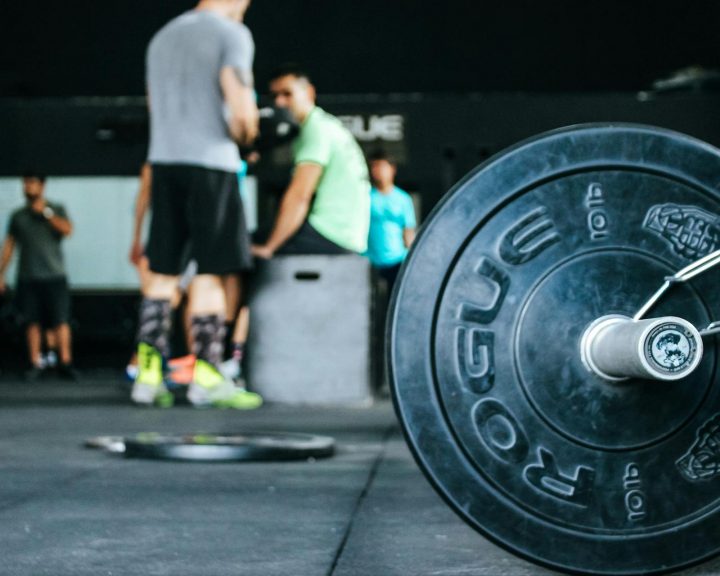There’s been a debate for years about periodization approaches; is linear periodization better than undulating? The idea is that linear periodization gradually increases intensity while decreasing volume. Undulating mixes it up so that there is variation within a training week. Both approaches have proponents.
De Lima et al, in the September issue of the International Journal of Sports Medicine, investigate this with sedentary women. Specifically they are looking at the impact of high volume, periodized resistance training on sedentary women (aged 20-35). The study was meant to investigate the impact on high volume (20-30 reps/set) training on aerobic fitness variables, weight loss, and muscular strength as well as comparing the effects of both linear periodization and undulating periodization.
The subjects were evaluated on their 1-RM and reps to failure with 50% of 1-RM on the bench press, leg press, and standing arm curl. They also performed a maximal stress test on the treadmill. Subjects were then assigned to a control group (no training), the linear group, or the undulating group.
All groups trained four times per week, two upper body sessions and two lower, for twelve weeks. The linear group began week one with 3×30-RM on the exercises and progressed to 3×15-RM on week four, this four week block was repeated three times.
The undulating group, on the odd numbered weeks had the following training scheme:
Days 1 and 2, 3×30-RM
Days 3 and 4, 3×25-RM
On even numbered weeks, the undulating group did:
Days 1 and 2, 3×20-RM
Days 3 and 4, 3×15-RM
At the end of twelve weeks, the results were:
| Linear | Undulating | |
| Body Fat % |
-13% |
-10% |
| Fat-Free Mass |
5% |
3.5% |
| Fat Mass |
-13% |
-10% |
| Bench Press (kg) |
17.5% |
19% |
| Leg Press (kg) |
48% |
38% |
| Arm Curl (kg) |
22.6% |
26% |
| Bench Press (reps) |
62% |
127% |
| Leg Press (reps) |
90% |
128% |
| Arm Curl (reps) |
164% |
198% |
| Max. Oxygen Consumption |
4% |
4% |
The table above is showing the percentage increase (positive number) or decrease (negative number) after the twelve weeks of training for each group. The linear group made slightly better gains in terms of body composition (decreased body fat, decreased fat mass, increased fat-free mass). Both groups were pretty close in terms of strength gains and gains to maximal oxygen consumption. The undulating group was much more effective at increasing endurance.
A few interesting take home messages. First, in sedentary women both approaches are effective at increasing strength and have a positive impact on body composition. So, over a 12-week initial training period if the goal is to increase strength either approach seems fine. Second, both approaches are effective at increasing muscular endurance, but the undulating is more effective. So if the goal is to increase endurance over the long-term to improve body composition, the undulating approach may be the way to go. Third, weight training still isn’t terribly effective at improving maximal oxygen consumption – so if this is something that is desired then you have to do some form of aerobic exercise. Finally, keep in mind that previously sedentary individuals respond to anything when it comes to training. These results don’t necessarily apply to highly fit people or to highly conditioned athletes.
De Lima, C., Boullosa, D.A., Frollini, A.B., Donatto, F.F., Leite, R.D., Gonelli, P.R.G., Montebello, M.I.L., Prestes, J., and Cesar, M.C. (2012). Linear and daily undulating resistance training periodizations have differential beneficial effects in young sedentary women. International Journal of Sports Medicine, 33: 723-727.


